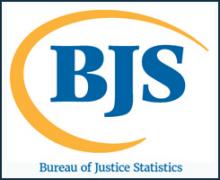Law enforcement
Robin Engel on Police Reform and Public Safety
Tribal Crime, Justice, and Safety (Part 2)
Stacy Lee Reynolds and Christine (Tina) Crossland continue their discussion of tribal crime, justice, and safety, including how Native American persons experience crime victimization at higher rates than non-Native people and the jurisdictional complexities in responding to tribal crime, justice, and safety. Read the transcript.
Listen to the first half of Stacy and Tina’s discussion.
International Association of Chiefs of Police Annual Conference and Exposition
Dallas, TX
The AMBER Advocate, Issue 2, 2022
FY 2022 Edward Byrne Memorial Justice Assistance Grant Program - Local Solicitation Webinar
The Effects of Law-Enforcement Mentoring on Youth: A Scoping Review
Mental Health Training: Strategies for Small and Rural Law Enforcement Agencies
Tribal Crime, Justice, and Safety (Part 1)
Tribal Crime, Justice, and Safety (Part 1)
Research indicates that Native American persons experience crime victimization at higher rates than non-Native people. Furthermore, the unique position of American Indian and Alaska Native tribes as both sovereign nations and domestic dependents of the U.S. creates jurisdictional complexities in responding to crime, justice, and safety. Senior social and behavioral scientist Christine (Tina) Crossland discusses NIJ’s research on these topics, especially on the prevention of violence towards American Indians and Alaska Natives. Communications Assistant Stacy Lee Reynolds hosts.









